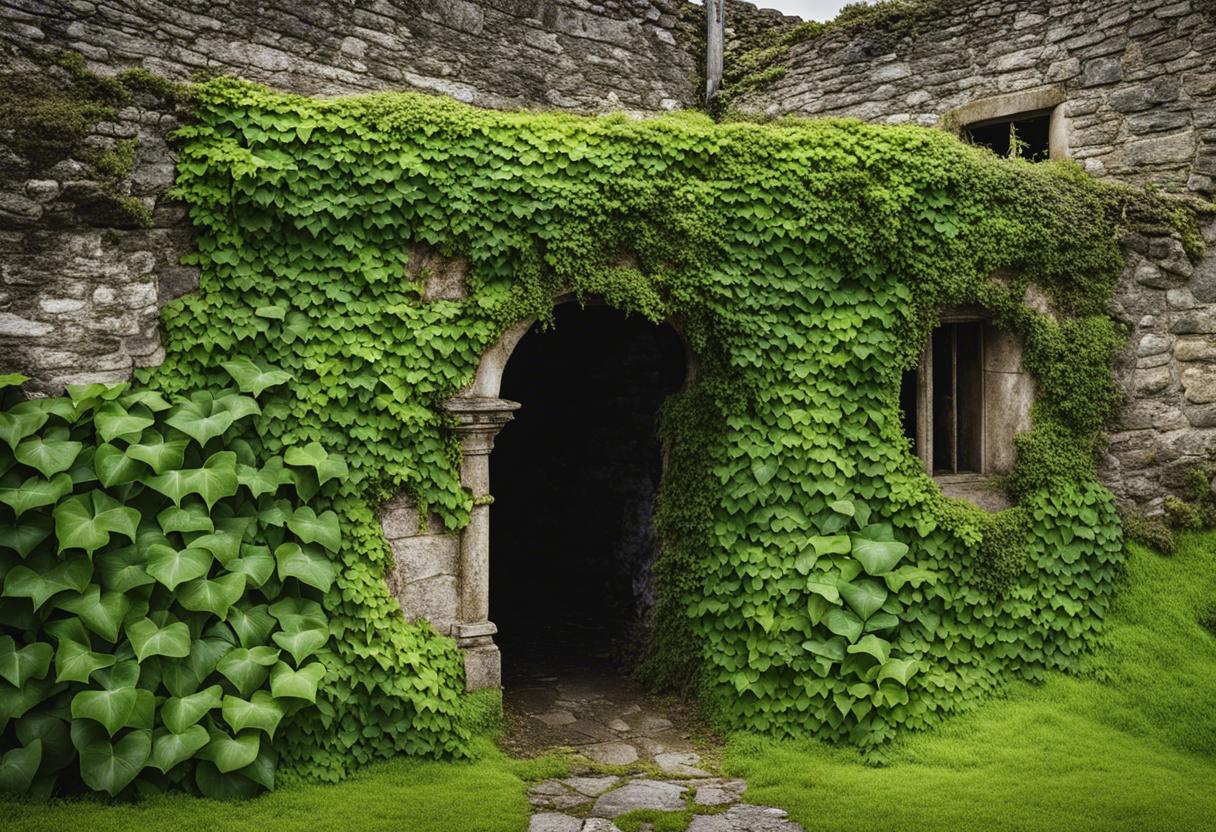A group of sandwich terns was pictured at Doughmore Beach near Doonbeg, Co Clare on April 23rd. The snap, taken by John Glynn from Kilrush, beautifully showcases the distinctive features of this largest breeding tern species, including the all-black beak tipped with yellow, the scruffy crest at the rear of the head, and one of them holding a captured sand-eel prey.
Tony Garahy of Co Offaly enquires about a yellow-berried ivy he possesses, a plant seemingly rare in his experience. This variation of the typical ivy, scientifically known as Hedera helix subsp poetarum, originates from Greece and Turkey but somehow made its way into this part of Europe, possibly as a garden specimen. Its presence in the wild in Ireland was first noted in 2016 when it was found growing along a half km stretch of roadside in Co Wexford. Tony’s ivy presents the inaugural record in Co Offaly. Breeding tests can be conducted by planting a seed from the berries.
Sarah Farrell from Dublin 8 discovered a small formation attached to heather in the Featherbeds, off the Military Road, Co Wicklow. Initially mistaken as a chrysalis, the 3.5-4cm length, 2-2.5cm height and roughly 2cm width object turned out to be a cluster of vapourer moth eggs. The female of this species is flightless, enabling her to yield hundreds of eggs from her sizable, rounded abdomen. These eggs are laid in autumn atop the mother’s cocoon, with caterpillars emerging in May and adult moths in the summer. The flightless females linger on the cocoon, drawing in males by emitting pheromones.
Lastly, in Ravensdale Woods, Co Louth, David McFadden of Dublin spotted a growth that appeared similar to yellow brain fungus on a deceased tree root last September. He is seeking confirmation concerning this growth.
I can verify that the yellow fungi you photographed is not a brain fungus, distinguished by their soft, flabby lobes and gelatinous texture. The specimen in your image is of the yellow stagshorn variety (Calocera viscosa), notably robust, elastic, and regularly exhibits dichotomous branching. It generally occurs on decomposing coniferous wood, often hidden. This commonplace fungus is typically found between late summer and early winter.
Recalling an extraordinary encounter, I spied what I initially assumed was the yearly debut of an enchanting peacock butterfly in my Clontarf garden, the day subsequent to St. Patrick’s Day. However, I have since revised my view, believing it was, in reality, a comma butterfly, which stirs a sense of elation within me, as it’s the inaugural one I’ve ever spotted. Please could you confirm that it was indeed a comma butterfly, and is it a rare occurrence to spot one at this point in the year? Lena Clarke from Dublin.
I can indeed substantiate that it was a comma butterfly – the variety that survives the winter – rather than the hutchinsoni type typically seen in July and August. The butterfly you glimpsed has survived the winter as a mature insect and, thus, appears early in the year. Once it’s ingested enough nectar from flowers such as the lesser celandine or the dandelion, it will become active. The butterfly engages in mating high in the trees and the females deposit their eggs one at a time on nettle leaves. After seventeen days, the next generation emerges and they will take flight in July and August. This generation has brighter colours with diminish paler dark markings, yet still retains the distinctive “c”, a prominent white comma mark on the hindwing underside. This feature is what gives this butterfly its name. The offspring from this second generation are the ones that survive the winter.

